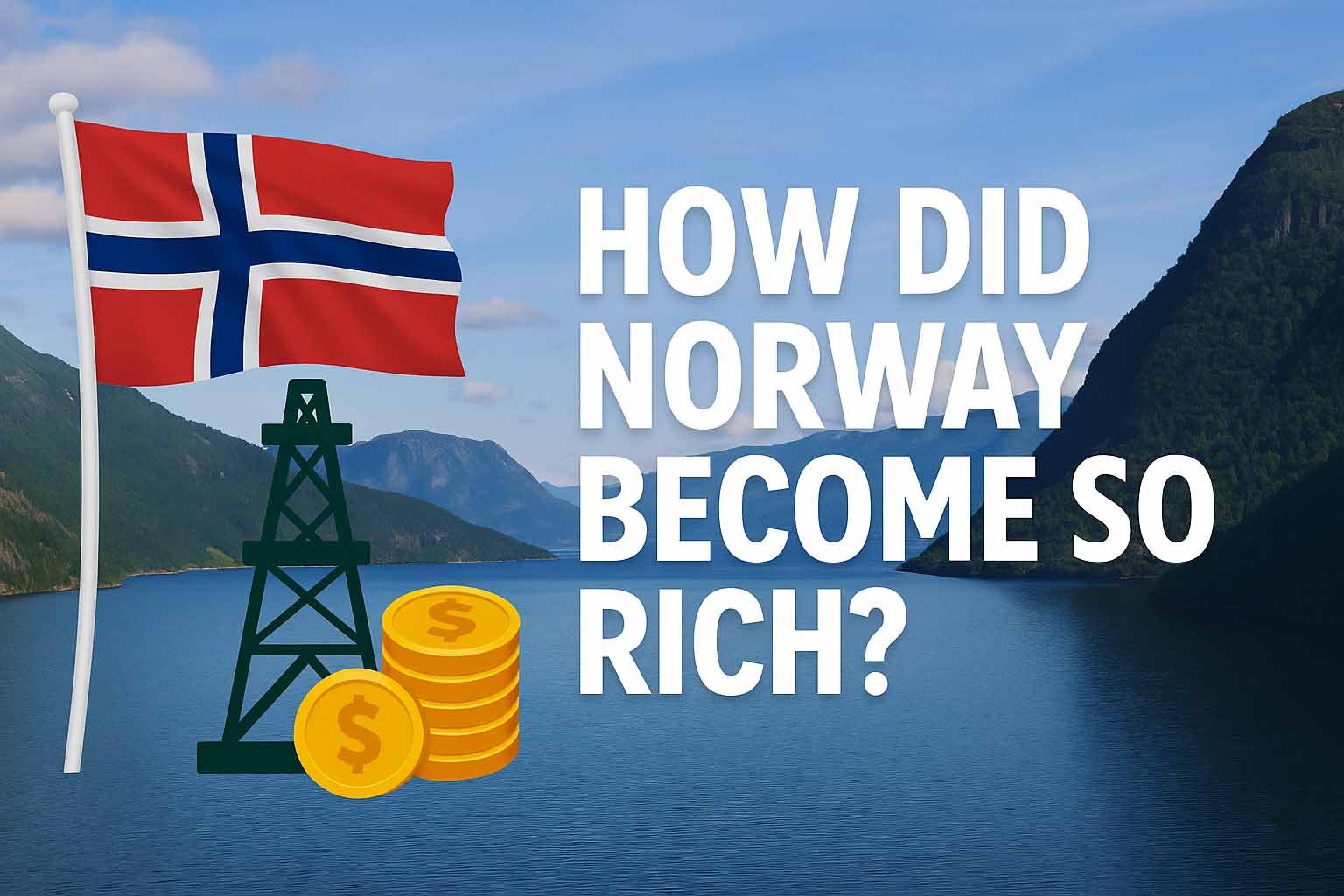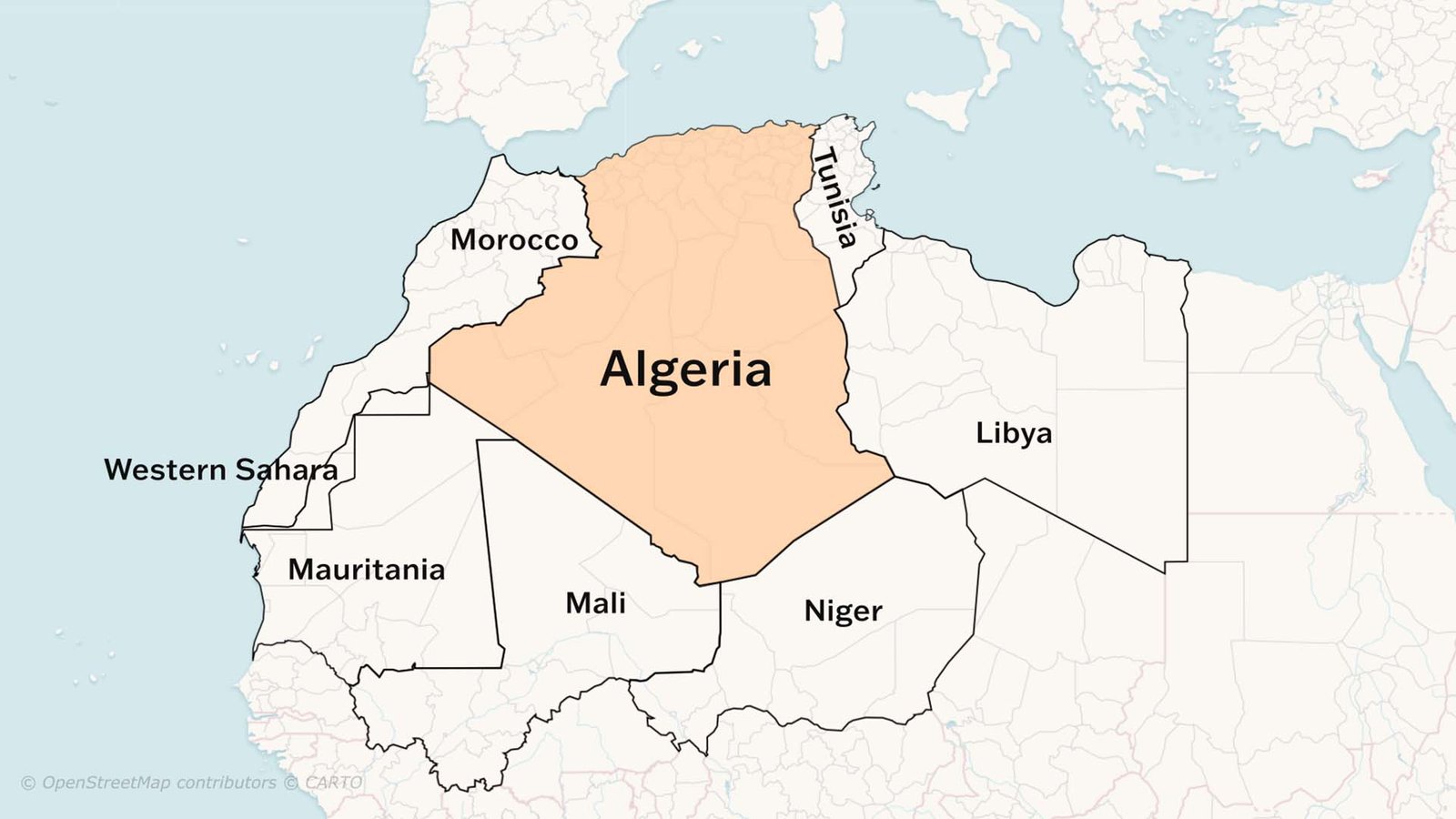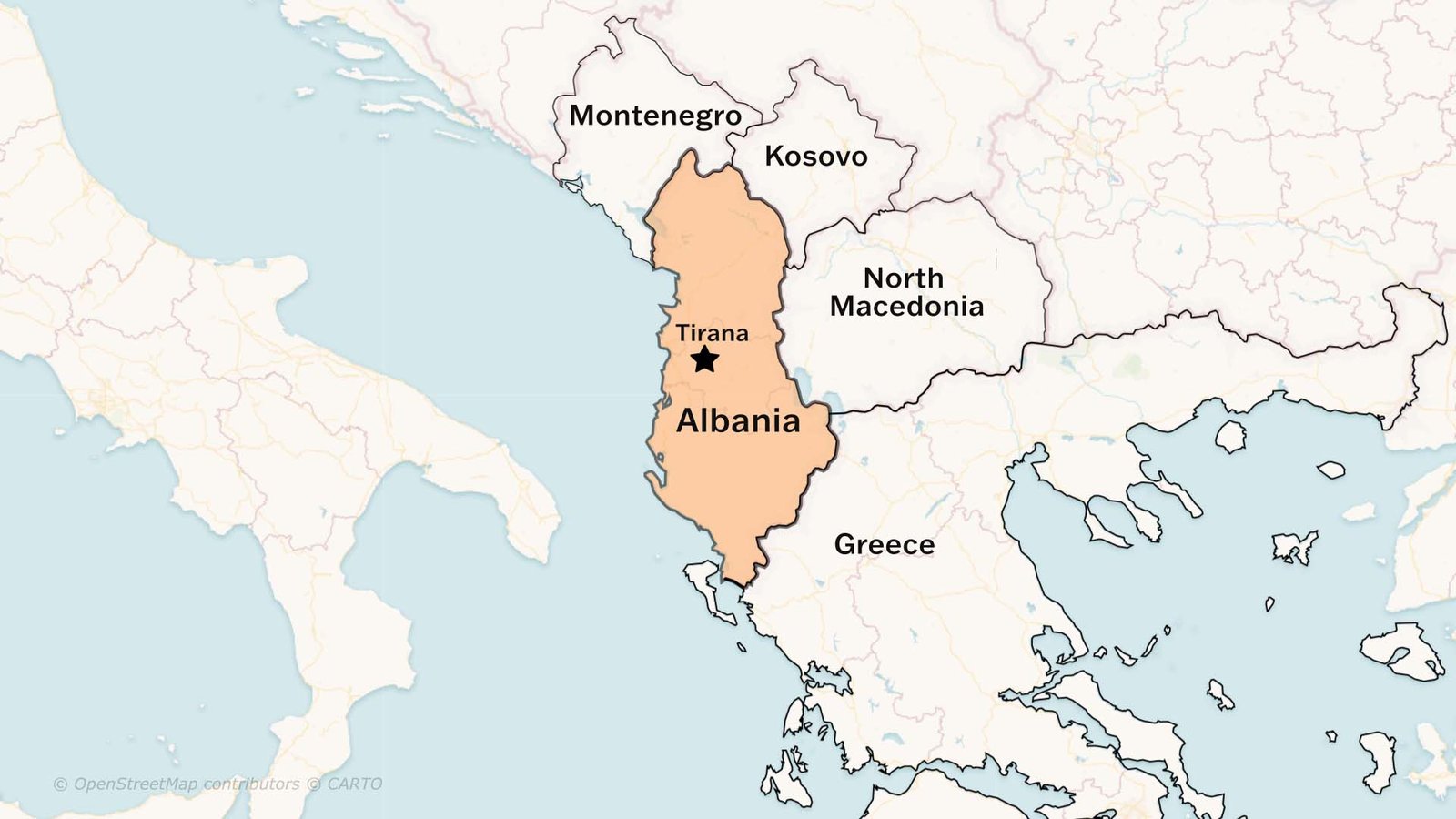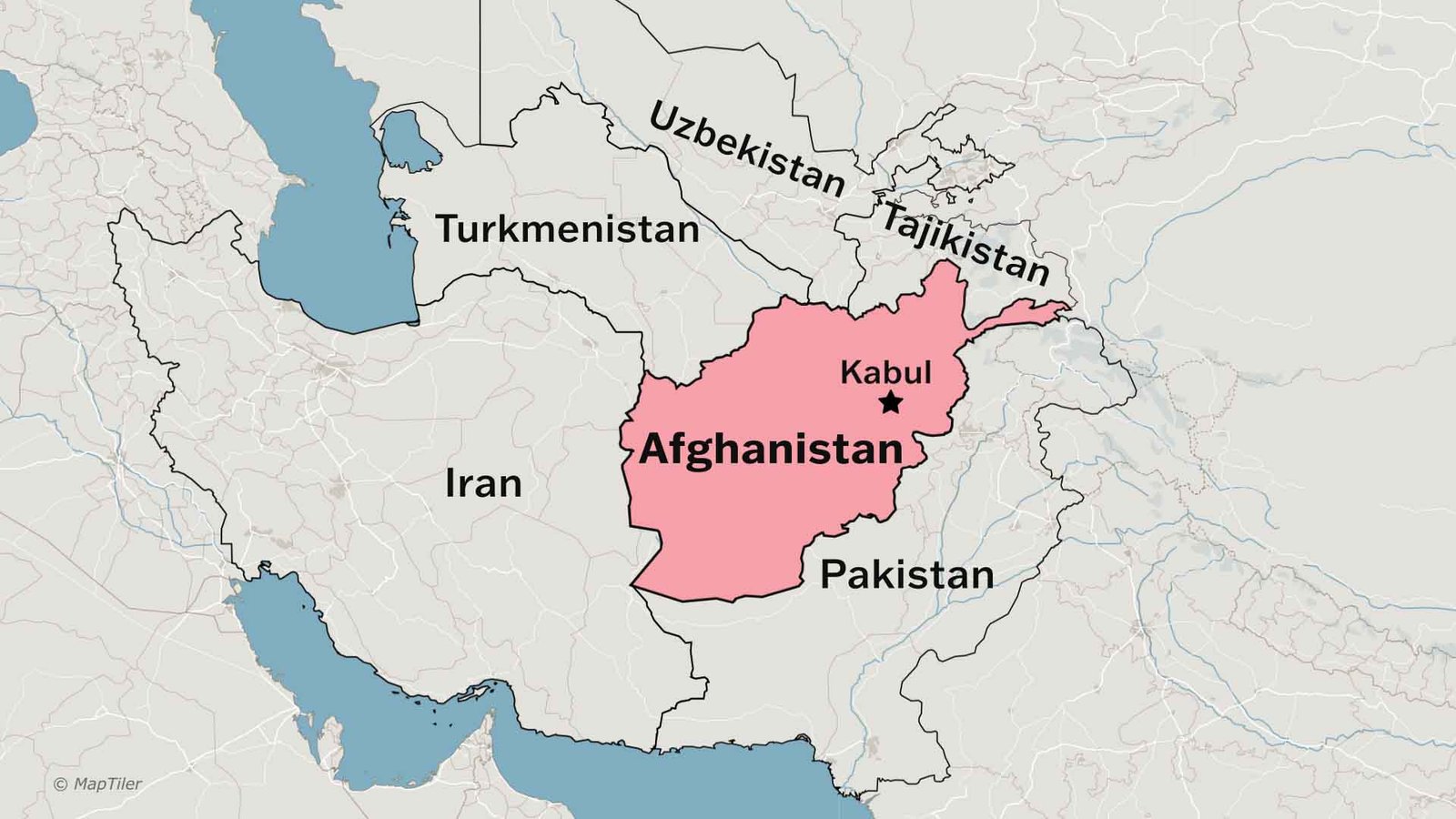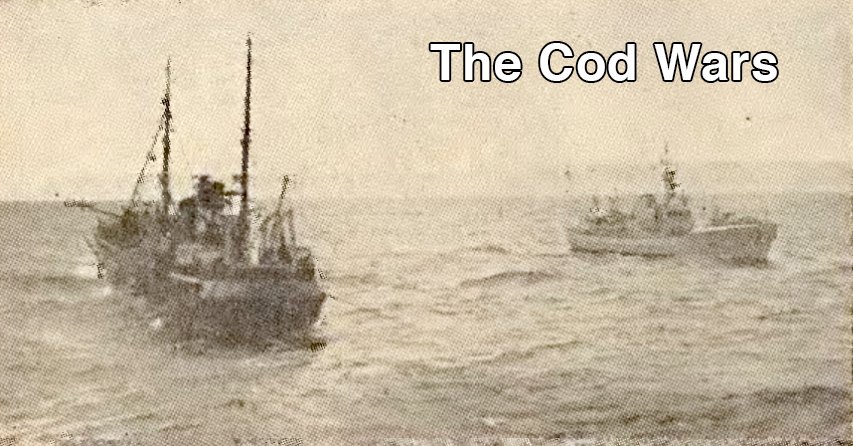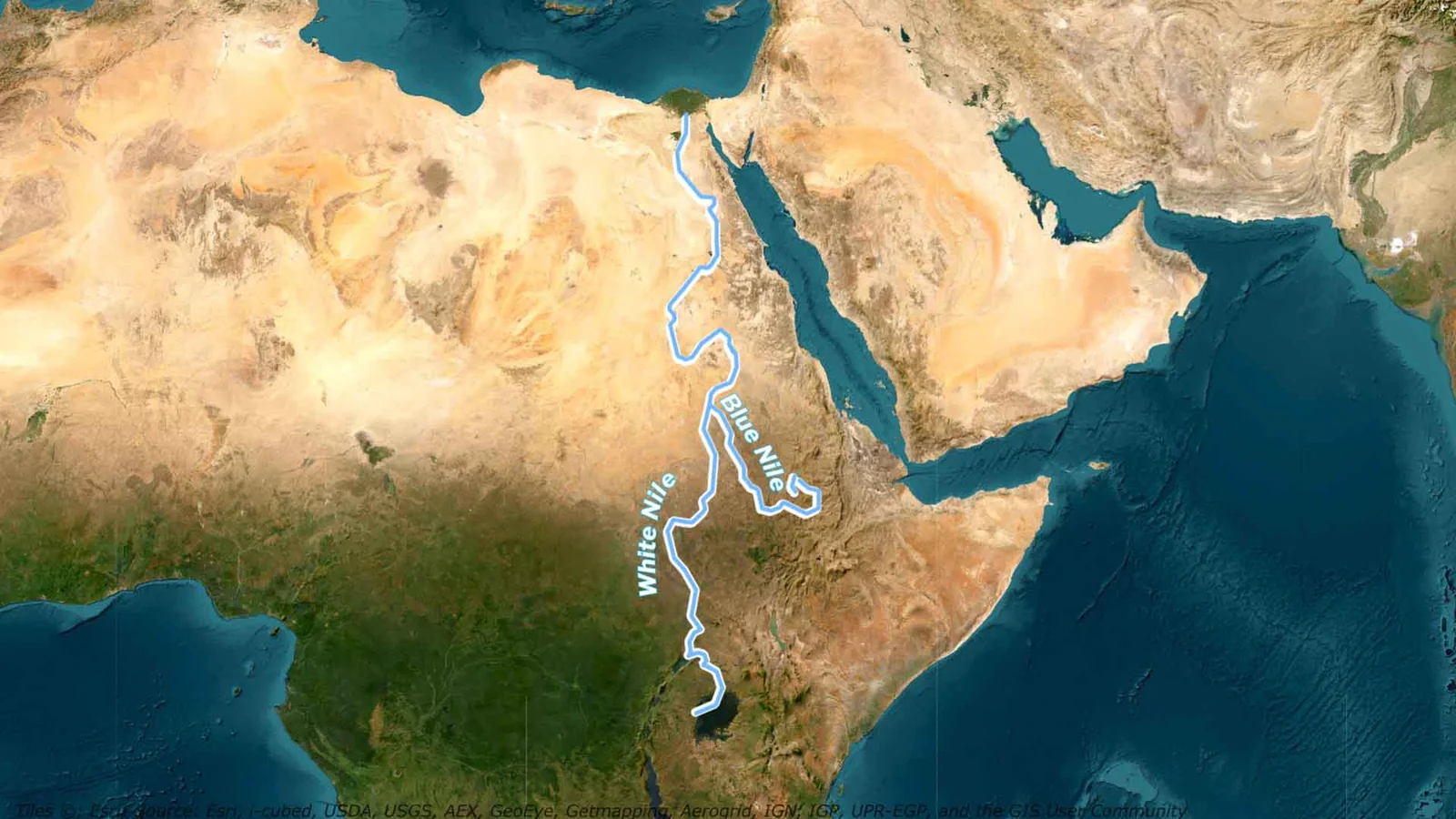Norway is the 10th richest country in the world. It has the world’s largest Sovereign Wealth Fund, $1.4 trillion sovereign wealth fund. But how did Norway become so rich?
The people of Norway have one of the highest standards of living in the world. Norway is one of the best countries in terms of work-life balance. Businesses typically operate from 8 a.m. to 2 p.m. with a lunch break. New parents share 42 weeks of paid leave. Norway’s government-funded healthcare system is highly regarded. Even Children don’t begin school until they are seven years old.
Norway is one of the most democratic countries in the world. It has one of the smallest income inequalities across the globe. It is the seventh happiest and ninth healthiest country in the world. Many nations have failed to achieve what Norway has.
Norway is the true rags-to-riches story. A hundred years ago, nobody would have guessed that Norway would finish the century among the richest countries in the world.
And no… it was not because one day they found oil and the next day they became rich. In fact, it is otherwise.
Norway stands as a remarkable and unparalleled exception to the oil curse. When most of the oil-rich nations failed to create economic growth, produce jobs as they should, Norway dodged the bullet of Oil Curse to become on of the richest countries on earth.
Norway could have been easily poorer than they are today. But Norway just played its card better than the others, or not? Did some individuals with foresight make several smart decisions, or is it just a result of luck?
How did Norway’s economy become so good to be true while others failed, including even those who tried to emulate Norway itself got doomed.
This is the story of a tiny poor European nation, with only two hours of a daylight for half of the year and temperatures far below freezing point, plagued with wars, blockades, famines and embargoes, a country not so developed and not so important becoming the prosperous nation on the face of the globe, not only in wealth but in almost every fucking metric that measures the prosperity of nation.
This is the story of how Norway became so insanely rich….
1820-1900 Modest Economy
Thomas Malthus, the great political economist, toured Norway in 1799. Malthus described Norway as an agricultural society and observed that most Norwegians lived a simple farming life, subsisting on a diet of whatever they were able to harvest. While the wealthy struggled with the high cost of imports.
Norway’s rugged geography presented significant challenges. With its rocky terrain and mountainous landscape, only a meagre 2.7% of the land is suitable for farming, a stark contrast to Denmark’s fertile 70%. Even this small percentage is fragmented, scattered across valleys and hillsides, making it difficult to cultivate large areas efficiently. Additionally, the country’s northern location, sharing a similar latitude with Alaska, means short growing seasons, further limiting agricultural productivity. As a result, the average farm in Norway is a mere fraction of the size of its American counterpart, making it a daunting task for farmers to eke out a living from the land.
Norway, once a relatively poor and uneducated region on the periphery of Europe, was not even an independent country. The population censuses of 1801 and 1815 revealed that over 90% of Norway’s 0.9 million population lived in rural areas, and primarily engaged in agriculture, fisheries, and hunting.
Norway was not warm, and travel and communication were challenging. Under a harsh sky, farmers toiled on scarce land, their villages isolated by treacherous terrain and a lack of knowledge.
The newly independent nation lacked institutions, industrial entrepreneurs and domestic capital.
However, there are some missing pieces to this story. While Norway may not have been as prosperous as other European nations, it wasn’t far behind.
Norway had vast natural resources. Norwegians could rely on fishing, timber, and lumber, activities that could continue even during the harsh winters. Thanks to its numerous fast-flowing rivers and proximity to the sea, Norway sold more lumber and timber than any other European nation.
In 1849, Britain ended its Navigation Acts, dismantling the British ship monopoly in its territories. This opened a significant opportunity for Norway, a maritime nation with a rich seafaring history dating back to the Viking age. In a mere 28 years, Norway went from the 8th largest maritime nation to the 3rd largest measured in capacity to carry cargo. Only Britain and the US had larger merchant fleets.
This demonstrates that despite the adversities and challenges, Norway found ways to persevere and progress. By the 1870s, Norway’s GDP per capita was above the European average.
All was well until it was not. From the mid-1870s to the early 1890s, Norway’s economy took a nosedive. It stagnated, prices dropped, and people started leaving in droves for a better life in North America. This exodus peaked in 1882, with a staggering 1.5% of the population packing their bags and setting sail for the New World. Between 1879 and 1893, 250,000 Norwegians emigrated, accounting for 60% of the birth surplus. Only Ireland had higher emigration rates than Norway between 1836 and 1930, when 860,000 Norwegians left the country.
Amidst all this, Norway discovered a way to harness the enormous force of water. This breakthrough catapulted Norway into the ranks of wealthy nations, transforming it into an industrialised powerhouse and forever altering its destiny.
1900-1950 How did Norway become so rich or not yet?
Modern Norway was built and industrialised through the utilisation of its abundant rivers and waterfalls for hydroelectric power. Samuel Eyde, a civil engineer and entrepreneur, spearheaded the development of hydropower, while former Prime Minister Gunnar Knutsen championed its potential in a famous letter to parliament in 1892 for industrial production.
Today, Norway is Europe’s leading producer of hydropower and ranks sixth globally. Notably, the state, counties, and municipalities own 90% of the production capacity, ensuring public control over this vital resource. Hydropower has fueled Norway’s industrial growth, wealth creation, and provided essential electricity for over a century. Norwegian companies now export their hydropower technology and expertise globally, further contributing to the country’s economic success.
In many ways, the utilisation of hydropower resources became the gateway to modern, industrialised Norway. Contrary to popular belief, Norway was already developed and wealthy even before the discovery of oil. \
By the 1950s, Norway boasted a strong merchant fleet and was an expert in shipping and trade. It had passed a bill limiting foreign ownership of natural resources and preventing monopolies. New technologies like railways, roads, and improved communication enhanced transportation and narrowed Norway’s disadvantages. A strong focus on welfare, education, and public industry fueled Norway’s growth. High taxes funded education, creating a skilled workforce. And not to mention, oil had not been discovered yet.
Norway’s economy was strong, and by no means was it still poor; it was fairly wealthy, well above average, but it had not yet reached economic powerhouse status. Then enter the Oil.
1950-1990: Discovery of Oil
In 1959, the Dutch Petroleum Company discovered the Groningen gas field, it is **the largest natural gas field in Europe and one of the largest in the world**. All eyes turned towards the rest of the North Sea. All major companies started exploration of the North Sea in search of black gold. Norway was concerned about the security of potential oil fields, as there was no clear maritime boundary. Norway had nig question looming – who would own the oil.
In 1965, the European countries agreed on these maritime boundaries respecting the median line principle. Now, Norway was all set for oil exploration. After a few failed expeditions, Norway eventually found oil. In their press release, they called it a giant.
Initially, Norway took the help of foreign companies in exploration and refining. But the government’s priority was to nationalise and turn it into a domestic industry. With that aim government founded Statoil, the government owns 2- 3rd of the company, and the rest is owned through public shares.
Norway didn’t just sell this black gold to the highest bidder. Instead, they embarked on a remarkable journey, building refineries, educating their workforce, and crucially, keeping a large portion of the oil revenues within their borders. This approach was almost unheard of in the world, a testament to Norway’s foresight and determination to build a prosperous future for its people.
History often tells a disheartening tale of a pattern emerging within countries blessed with abundant fossil fuels: economic growth stagnates, democracy weakens, and social inequality deepens. The oil wealth, meant to uplift a nation, ends up lining the pockets of a privileged few, leaving ordinary citizens behind. But Norway defied this trend, charting a different course. No oligarchs emerged to seize the riches, no elite class to hoard the wealth. Instead, the nation as a whole prospered, evolving into a society with one of the highest standards of living in the world.
Norway’s success with oil wealth can be attributed to a combination of strong preexisting conditions, smart governance, and long-term planning. Before the discovery of oil, Norway was already a rich and stable democracy with a small population, peaceful neighbours, and strong cultural cohesion — all of which laid the groundwork for prudent decision-making. When oil was discovered, Norway adopted a unique and cautious approach. Rather than allowing foreign companies to dominate the sector, Norway built its own extraction infrastructure and limited foreign dependence. Most importantly, it imposed strict spending rules on its oil revenue. For instance, in 2023, out of $380 million in oil revenue, the government was only permitted to spend 3%, ensuring long-term financial stability.
This disciplined fiscal strategy led to the creation of the world’s largest sovereign wealth fund — a government pension fund designed to meet short-term needs while saving for future generations. As a result, Norway avoided the common “resource curse” that plagues many oil-rich nations and instead achieved one of the highest standards of living globally. Over time, Norway diversified its economy, reducing its reliance on oil and gas, which now comprise just 20% of GDP. The recent discovery of massive phosphate reserves adds yet another valuable resource to its portfolio. Furthermore, geopolitical shifts, such as the war in Ukraine, have increased demand for Norwegian petroleum, further boosting revenues.
In contrast, other countries like Denmark and the UK made different choices. Denmark auctioned off its oilfields to private firms, while the UK used its oil profits for tax cuts — moves that limited long-term benefits. Norway’s exceptional performance is therefore not the result of oil alone, but of a well-balanced strategy rooted in economic foresight, strong institutions, and a commitment to sustainability.
The flip side to this is that only the government is getting rich. The people, in theory, own this money, but they don’t see it in their bank accounts.
1990-2023 Economic Boom
In the 1980s and 90s, Norway faced economic challenges due to monetary expansion and contraction, leading to a financial crisis. The government implemented a fixed exchange rate policy, but it was ultimately abandoned due to currency speculation. After a period of growth fueled by oil prices, the Asian financial crisis and falling oil prices forced Norway to adopt inflation targeting and tighter fiscal policy. Despite these challenges, Norway avoided severe consequences and now has a strong and stable economy. The petroleum sector remains crucial, contributing to Norway’s prosperity, along with factors like an educated workforce, advanced technology, and democratic rule.
2023-2024 Discovery of Phosphates
Norway’s recent discovery of a massive phosphate deposit, estimated to meet global demand for the rest of the century, holds immense geopolitical and economic significance. This could shift control of the phosphate market away from China, which currently dominates the industry, and place it in the hands of Western countries. (China has fewer rocks but controls many refineries)
However, the European Union is concerned about the environmental impact of phosphate refining and may try to slow down Norway’s extraction efforts. (Refined phosphates are more polluting, outsourced to China, Kazakhstan, Vietnam)
This discovery also poses a threat to Morocco, the world’s current largest phosphate supplier. If Norway’s phosphate flood the market, prices could drop, harming Morocco’s economy. While there are strategic advantages to mining this phosphate, there are also technological obstacles. Current technology only allows for extraction up to 1500 meters deep, while most of the deposit lies much deeper.
If Norway can overcome these challenges and extract the phosphate, it could potentially triple the value of its already massive sovereign wealth fund. There’s talk of using this wealth to increase foreign aid, or even to fund ambitious projects like a futuristic city.
Norway, a small but mighty nation, struck gold when oil and gas were discovered off its shores. This lucky find turned them into one of the richest countries in the world! But they didn’t just spend it all. Instead, they cleverly invested in a huge piggy bank called a sovereign wealth fund, the biggest one on Earth. Now, Norway has a diverse economy with everything from delicious seafood to cutting-edge tech companies. They even get to trade easily with the European Union!
However, it’s not all smooth sailing. Norwegians have a lot of debt, and it’s hard to find enough skilled workers. They also worry about climate change and high taxes. But overall, Norway’s a success story, showing how to make the most of natural resources and build a strong economy for everyone.
A modern and highly developed country, Norway boasts a thriving private sector, a sizable state presence in the economy and an extensive social safety net. As a result of the discovery of offshore oil and gas in the 1960s, this country of less than 6 million people ranks among the richest in the world by GDP per capita. Today, Norway’s economy is highly diversified, spanning a variety of industries ranging from seafood, forestry and minerals, to a sophisticated services sector that includes finance and fintech, information technology, medtech and biotechnology, and renewable energy. Such economic dynamism is further sustained by Norway’s sovereign wealth fund, the largest in the world, as well as an efficient legal framework, openness to global commerce, and preferential access to the EU market.
Despite these strengths, weaknesses persist, including high levels of private household debt and a shortage of skilled workers, compounded by significant labour costs. Exposure to climate-related risks and comparatively high-income taxation rates pose additional challenges
Read more: Strategic importance of Andaman and Nicobar

